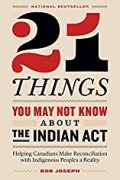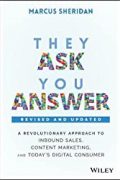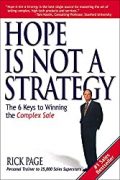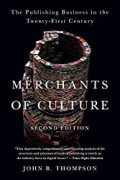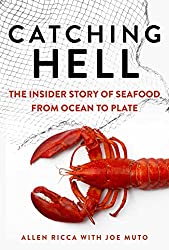
Rating: 8.2/10.
Catching Hell: The Insider Story of Seafood from Ocean to Plate by Allen Ricca with Joe Muto
Book by a businessman in the seafood distribution business. His business essentially buys seafood from producers and sells it to restaurants, handling warehouse and delivery operations. The author took over the business from his father: after working in the warehouse for a few years, he moved to sales, selling their product to restaurants in the New York area and working with them to negotiate prices. The industry is filled with many cheaters since both diners and chefs often don’t know any better, and he prides himself as one of the few honest players focused on delivering high quality seafood.
Restaurants routinely lie about the freshness of their seafood, most seafood is not fresh but flash-frozen when it is caught. This is not a problem as long as the defrosting is done properly (and even experts will not be able to taste the difference), but if it is frozen and thawed again, the degradation will be noticeable. Market price is a scam: restaurants use it to alleviate sticker shock and most seafood don’t actually have price fluctuations, so it’s a way to charge as much as they want.
Restaurants have a lot of marketing tricks. They often rename an inexpensive fish to sound more appealing and exotic, or lie about where it’s from. Some restaurants are run by celebrity chefs, but these people are selected for their personality on TV and aren’t actually good at cooking. Overall, many medium-high priced restaurants try to create hype but have mediocre food.
Somewhat surprisingly, restaurants routinely fall behind on their payments to distributors. Usually the order delivered first on credit and paid a month later, but when the restaurant fails to pay, the author makes them pay upfront, so he’s not left holding the bag if the restaurants goes bankrupt.
I enjoyed this book’s coverage of the food distribution business, an essential part of our supply chain but not often covered in the media or thought about by most people. The book contains a lot of information about specific seafood (shrimp, salmon, oysters, squid, lobsters, etc): their unique market characteristics and what to look for when buying them. A lot of it went over my head since I don’t care about seafood that much; sometimes it’s hard to see what’s the big deal when diners are perfectly happy with a product (and is perfectly safe to eat), but the author thinks is inferior.
